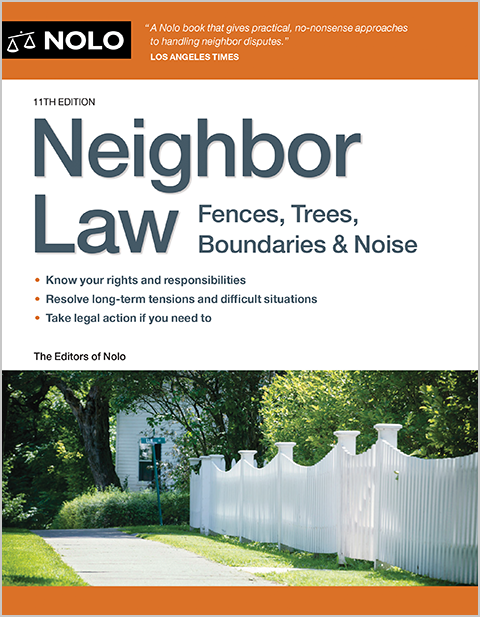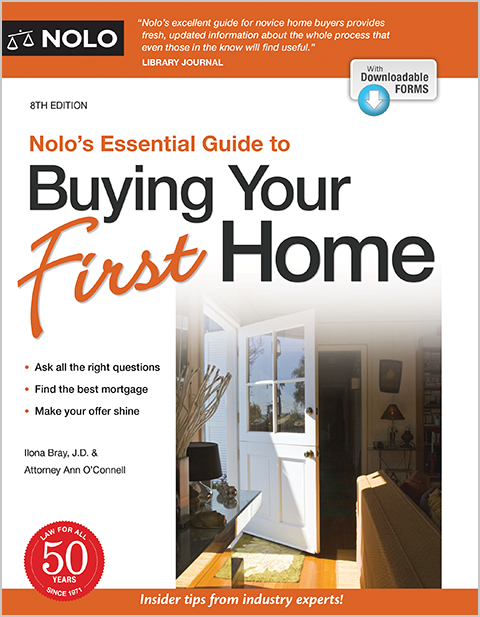How to find out if your dream house is haunted before you buy.

If you're in the home buying market and have your eye on a certain house, you probably want to know whether plates tend to fly around the kitchen, a bloodstain reappears nightly on the staircase, or houseguests commonly flee the back bedroom screaming, right? But you aren't likely to see the word "haunted" in any home-listing advertisements or seller disclosure statements. (A few people might be fascinated by the prospect of buying a haunted house, but real estate marketers don't yet consider spectral activity to be as big a crowd-pleaser as, say, granite countertops or a remodeled master bathroom.) Below we'll discuss how to read between the lines and figure out whether a house is reputedly haunted, and how to follow up on that information.
How Do I Tell If a House Is Haunted?
No matter what you believe about ghosts and the afterlife, it seems like some houses just have a lot more odd, unexplained activity than others. And such activity seems to ramp up at night, just when you're trying to get some shut-eye. So how would you find out about any such propensities in a house you'd like to buy?
Check the House Seller's Disclosures
Most U.S. states require sellers to fill out a standard form, revealing what they know about the property's physical condition. No, you're not likely to see a "haunted" box ready to be checked off on any state's disclosure form.
Nevertheless, real estate sellers are, in many states, obligated to disclose virtually anything that could affect a house's marketability, which the oddities described above certainly could. Smart sellers would describe exactly what they've observed, without drawing conclusions. Or, they might need to describe related issues like whether you'll face regular nuisances in the form of megaphones blasting from the local ghost-tour bus, or eager ghost-hunters taking photos through your windows.
Ask the Neighbors What They Know About the House
It's best to start generally, with open-ended questions like, "Do you think that house would be a desirable place to live?" or "What can you tell me about the house's history?"
Try a Google or Other Online Search
Too bad Jeffrey Stambovsky wasn't able to do a little Web-surfing before he bought a turreted turn-of-the-century Victorian home in Nyack, New York in 1990. Being from New York City, Stambovsky wasn't familiar with local legends, and the seller hadn't disclosed to him that the lovely riverfront home came with its own family of Caspers. According to reports by the previous owner, Mrs. Helen Ackley:
- The ghosts periodically left gifts of baby rings for the owner's grandchildren (and then took them back).
- One ghost woke the owner's daughter every morning by shaking her bed (until the girl loudly informed the poltergeists that she wanted to sleep in because it was spring break).
- While painting the home, Mrs. Ackley (according to what she told The New York Times) saw a ghost sitting in midair, rocking and back forth. "I was on an 8-foot stepladder. I asked if he approved of what we were doing to the house, if the colors were to his liking. He smiled and he nodded his head."
- Another ghost was a Navy lieutenant during the American Revolution who confronted the owner's son "eyeball to eyeball outside the basement door."
Once Stambovsky got wind of all this, he wanted out of the purchase. He took the seller and real estate agent to court, claiming fraudulent misrepresentation. The lower court was not sympathetic and ruled that the seller and agent had no obligation to disclose ghostly presences. But a New York appellate court made the astonishing ruling that the house was haunted:
"Whether the source of the spectral apparitions seen by defendant seller are parapsychic or psychogenic, having reported their presence in both a national publication (Readers' Digest) and the local press (in 1977 and 1982, respectively), defendant is estopped to deny their existence and, as a matter of law, the house is haunted."
Apparently the seller had sold her story to Reader's Digest for $3,000 and made a "verified" claim to the magazine that the house was haunted. As one contract lawyer pointed out, "If the seller now claimed in the litigation that the house wasn't haunted, the seller would have been caught in a $3,000 lie to Reader's Digest."
Stambovsky was allowed to back out of the $650,000 purchase. But don't feel too bad for the sellers. Once word got out that the house was legally haunted, a new group of buyers were attracted to the property, including the well-known mentalist, The Amazing Kreskin.
The lesson, of course, is to perform online searches for the property's address before you buy. This could yield various sorts of interesting information, such as past crimes or local disputes. Walking the neighborhood and chatting up the locals might help you glean relevant information, too.
Additional Resources
For more information on buying a house, see Nolo's Essential Guide to Buying Your First Home, by Ilona Bray, J.D. and Attorney Ann O'Connell.
Talk to a Lawyer
Need a lawyer? Start here.
How it Works
- Briefly tell us about your case
- Provide your contact information
- Choose attorneys to contact you
- Briefly tell us about your case
- Provide your contact information
- Choose attorneys to contact you


